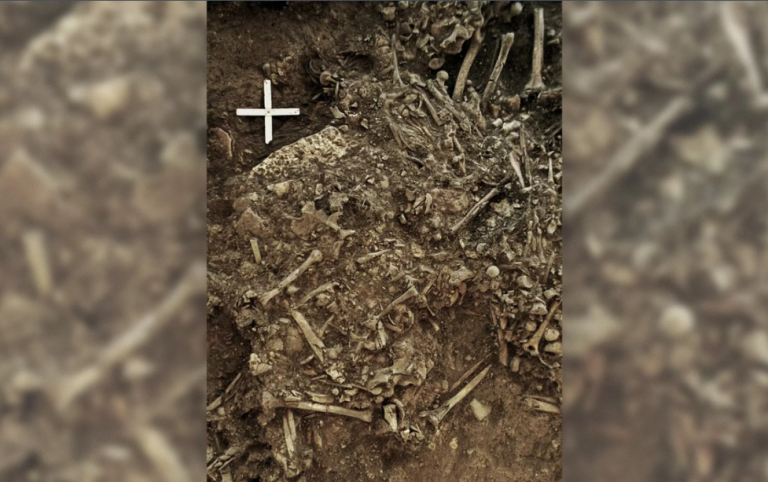In a nearly 5,000-year-old tomb in Sweden, researchers have discovered the oldest-known strain of the notorious bacterium Yersinia pestis — the microbe responsible for humanity’s perhaps most-feared contagion: the plague.
The finding suggests that the germ may have devastated settlements across Europe at the end of the Stone Age in what may have been the first major pandemic of human history. It could also rewrite some of what we know of ancient European history.
The finding came about as the researchers were analyzing publicly available databases of ancient DNA for cases in which infections might have claimed prehistoric victims. They focused on the previously excavated site of Frälsegården in Sweden. Previous analysis of a limestone tomb at the site found that an estimated 78 people were buried there, and they all had died within a 200-year period. The fact that many people died in a relatively short time in one place suggested they might have perished together in an epidemic, lead study author Nicolás Rascovan, a biologist at Aix-Marseille University in Marseille, France, told Live Science. The limestone tomb was dated to the Neolithic, or New Stone Age, the period when farming began.
The researchers discovered the previously unknown strain of plague in the remains of a woman at the Frälsegården site. Carbon dating suggested she died about 4,900 years ago during a period known as the Neolithic Decline, when Neolithic cultures throughout Europe mysteriously dwindled.
Based on her hip bones and other skeletal features, they estimated the woman was about 20 years old when she died. The plague strain found with her had a genetic mutation that can trigger pneumonic plague — the deadliest form of historic and modern plague — suggesting the woman likely died of the disease. (The most common form of plague is bubonic plague, which occurs when plague bacteria spread to the lymph nodes and cause inflammation, according to the World Health Organization. The inflamed lymph nodes are called “buboes.” If the bacteria spread to the lungs, they can trigger the deadlier pneumonic plague.)
By comparing the newfound strain with known plague DNA, the scientists determined that the ancient sample was the closest known relative of the plague bacterium’s most recent ancestor. The study researchers theorized that the ancient sample diverged from other plague strains about 5,700 years ago.
Read more HERE
Ask me anything
Explore related questions





